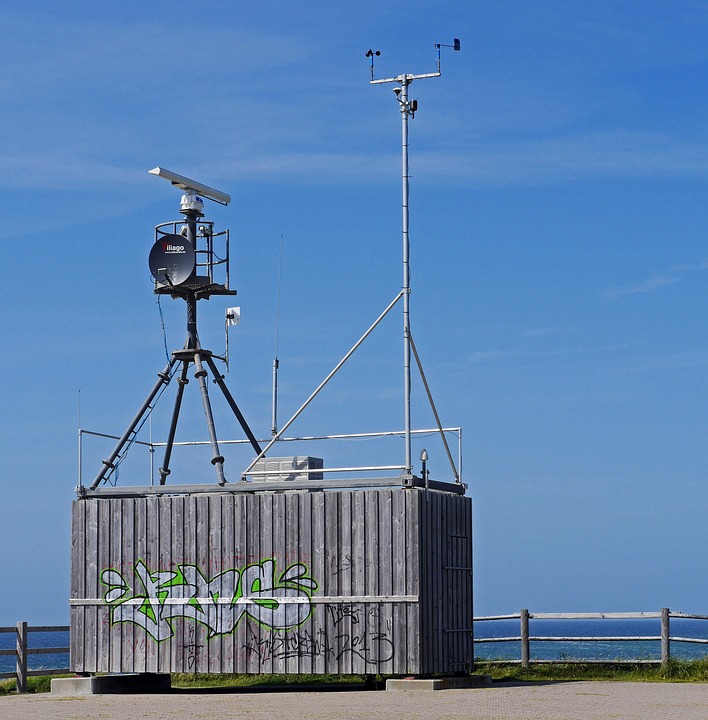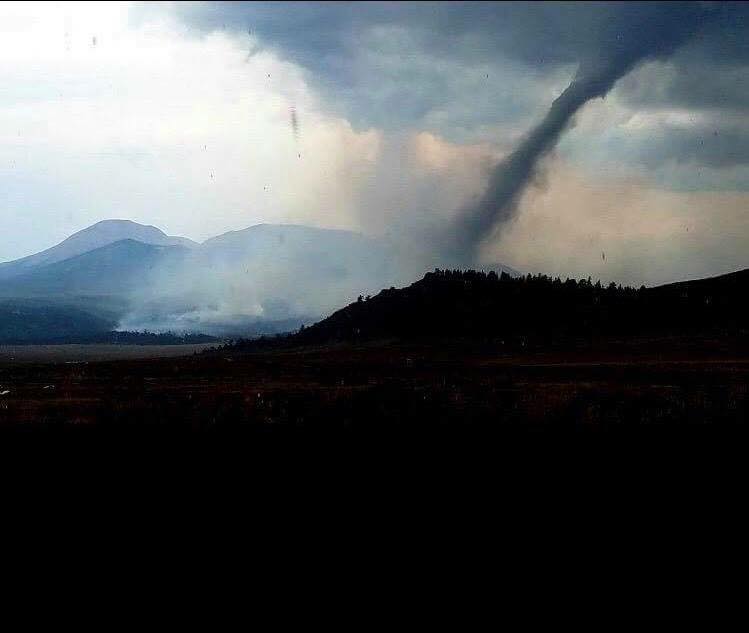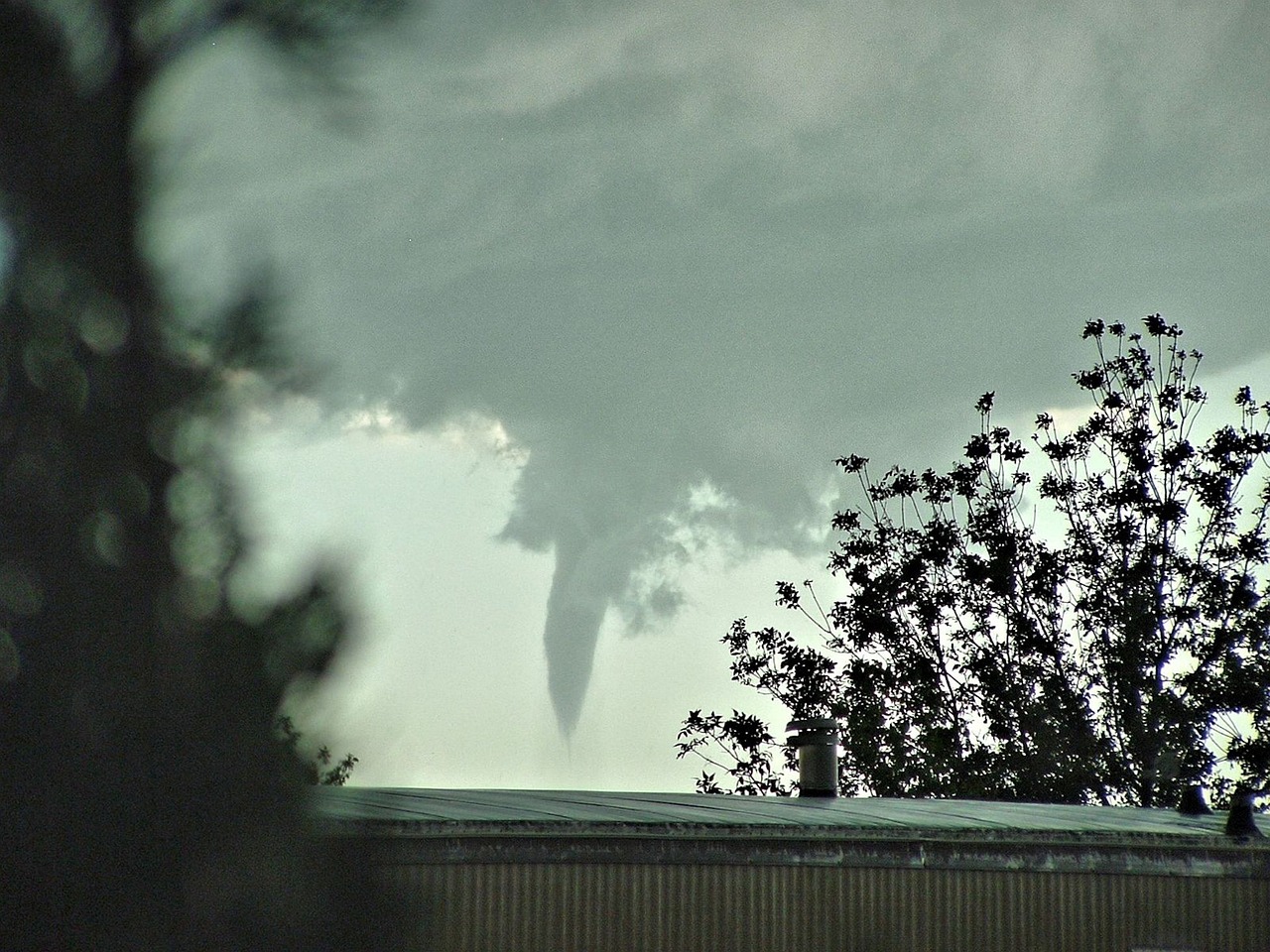Depending on their velocity and targeted population concentrations, tornadoes can pack similar strength to a hurricane, albeit for shorter durations. Tornadoes can also strike further inland leaving no community insulated from sporadic storms. On average, more people are killed in tornadoes (71) than hurricanes (+40) annually. With such striking similarities, reasonable minds would believe that tornadoes are deserving of specified names like hurricanes. For decades, meteorologists haven named hurricanes for storm awareness and as designators in the historic record. Personification of sinister storm leaves a lasting impression on affected population as they’re forced to reckon with the storm’s destructive capabilities instead of overlooking it as another face in the meteorological crowd of severe weather events. While named hurricanes make for easier reference points to destructive storms from decades ago, naming tornadoes poses unique challenges of time and documentation.
Tornado and Hurricane Lifespans

The ephemeral nature of tornadoes gives them dubious provenance. Most twisters occur with little to no warning while lasting only a few minutes. While the tenuously meandering tornadoes inflict catastrophic damage akin to hurricanes, assigning individual names would prove time-consuming as more than 1,200 touchdowns in the US annually. Hurricane season typically ends by late October, with several possible alphabetically named storms remaining on the roster for future delineation. Could you imagine the potential variations in tornado names we would hear if weather forecasters were forced to name each storm? We would invariably encounter a few esoterically named storms with clumsy pronunciations that would cause more confusion than awareness. While familiar names like Jason and Marie could be easily remembered, storm chasers quickly cycle through those variations as they scramble for more names.
No Time for a Name
While considering naming tornadoes, time poses the greatest challenge. While meteorologists do their best to disseminate storm warnings, their labor would become more burdensome if they are required to name every twister romping through town. Time exhausted cycling through potential names would be better spent flooding the airwaves with tornado warnings. Moreover, there’s a Midwestern town somewhere with a creative writing dropout as a weatherman, who would expend valuable time coming up with the perfect name instead of vociferously urging residents to take cover.
Discrepancies in Documenting Confirmed Touchdowns
Not all funnel clouds become full-fledged tornadoes. A funnel cloud must touch the ground to achieve tornadic status. While meteorologists can easily track approaching hurricanes, tornado confirmations often only come once the storm passes. The presence of a supercell thunderstorm on radar is not enough to prompt a warning. Moreover, confirmed reports of a tornado 30 miles away are still no reason to sound the alarms, although weather stations will urge increased vigilance. The National Weather Service only issues tornado warnings for specific communities when they observe cloud rotation on radar. Confirmed touchdowns occur only after thorough surveys of wind speeds and sheering velocities on the ground in the days following the storm. Metrics for determining touchdowns have also changed in recent years. Documenting touchdowns is an art as much as it is science. Conferring meteorologists often arrive at different conclusions about touchdowns in clearly visible widespread carnage.
Scary Facts About Tornadoes

Most tornadoes occur after midnight when most unsuspecting victims have retired to their beds for the evening, giving them little time to seek cover. Meteorologists now believe Tornado Alley is expanding to the southeast. Southern-spawned tornadoes are particularly destructive as their foreboding silhouettes are obfuscated by gentle rolling hills and thick tree lines. Mobile homes, which are common in the south, provide little to no protection against powerful tornadoes. U.S. Safe Room’s aboveground and panelized kit models provide the same level of protection as a belowground bunker at a fraction of the price. Contact us today for a free consultation and quote.






